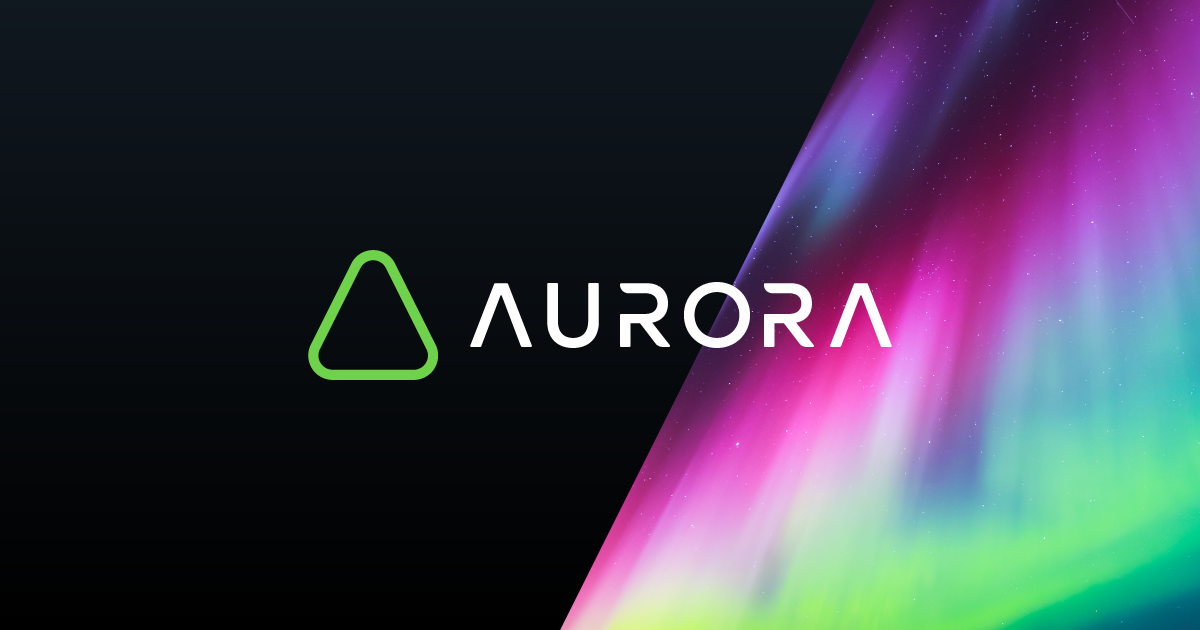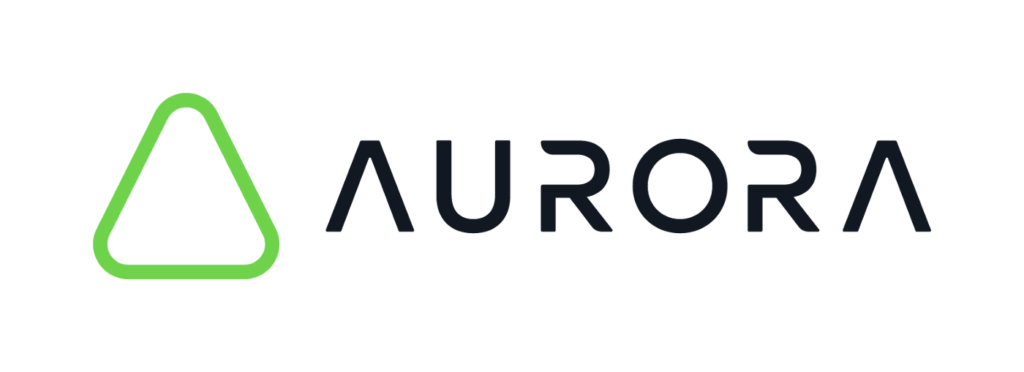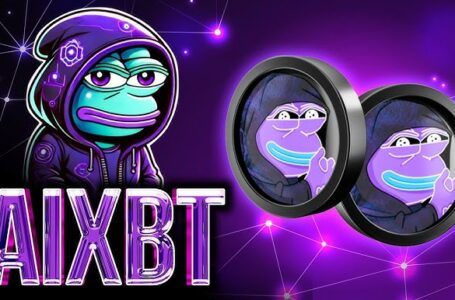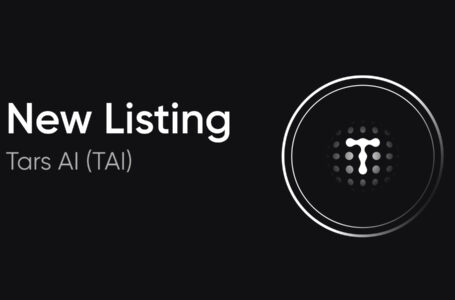
Aurora is an Ethereum Virtual Machine (EVM) ecosystem created by the NEAR protocol development team. Notably, NEAR is among the highest-performing third-generation L1 protocols available to Ethereum developers today. It provides the infrastructure which enables Aurora to improve the Dapp developer experience considerably, via turn-key solutions. Notably, the network combines a straightforward interface with dual consensus mechanisms to provide support for all the latest DeFi features and services.
Aurora is a popular project with more than $78M in TVL (total value locked) across +232 active projects currently. The network continues to attract more users due to its low transaction cost and full Ethereum compatibility. Additionally, the platform is one of the few programmable networks that enable users to leverage ETH to pay network fees. Here’s everything you need to know about Aurora.
What Problems Does Aurora Attempt to Fix?
Aurora seeks to provide another layer of performance to the Ethereum ecosystem The developers wanted to create a faster and more scalable alternative for users. They accomplished this task with the introduction of their next-generation DeFi protocols. Notably, the platform is much faster than Ethereum with 2-3 second transaction finalization times.
Centralization
Another major concern for developers was to prevent centralization. When Aurora launched, Ethereum V1 was still in use. This version of Ethereum was experiencing many issues due to centralization in the ecosystem. The Aurora ecosystem provides a more democratic and transparent alternative for developers to consider. The network supports community governance as part of this strategy.
Security Concerns
Another issue that the team wanted to reduce is security risks. To accomplish this goal, the platform leverages a two-tiered consensus mechanism that improves performance and security. The network integrates a Byzantine Fault Tolerant system with a Delegated Proof of stake option to enable better transaction throughput and faster finality.
Benefits of Aurora
There are a lot of benefits that have helped Aurora become a popular project in the Ethereum ecosystem. For one, the platform features a straightforward approach that can help programmers build and release software with fewer steps. The entire project is geared towards elevating the Ethereum development experience.
The system is regarded as one of the top-performing programmable blockchains available today and it was built from day one to support complex smart contracts and Dapps. Developers gain the bonus of knowing that all of the most popular Ethereum tools work perfectly when programming on the network.
Energy Efficient
The platform leverages dual consensus mechanisms which help reduce its energy consumption compared to PoW networks like ETH 1.0. As such, the system eliminates miners from the consensus equation which eliminates many of the reasons why a blockchain network would need so much energy to remain valid. The new system leverages stakers which is far more efficient than miners. Users can lock up their tokens in network wallets rather than compete using high-powered miners.
Reduced Transaction Fees
Executing smart contracts on Ethereum 1.0 could get expensive. The network was plagued with congestion-related issues that could result in delays and higher fees. Aurora provides a smart and more cost-effective alternative to the market. The network introduces gasless meta-transactions as part of this strategy.
Passive Income Options
Anyone can secure returns when they participate in the network. The system enables you to stake your coins to help secure the network without any technical know-how. For your participation, you receive rewards in the form of AURORA tokens. This approach enables you to continually increase your staked assets to secure higher ROIs in the future.
Fees Paid in ETH
All transaction fees on the network are paid in ETH. This structure is ideal because it provides a reliable and well-recognized base asset. It also ensures that the networks tokens don’t become over-saturated in the market. Lastly, using ETH as the base asset in the network helps developers streamline their creative process by eliminating the need to convert tokens over to other utility tokens to operate Dapps and execute smart contracts.
How Does Aurora Work?
The Aurora blockchain ecosystem lives on the NEAR protocol. This high-performance network enables users to enjoy a host of benefits that regular Ethereum developers could not. The network introduces a new programmable blockchain and a peer-to-peer cryptocurrency as part of this approach.
Aurora Engine
At the core of the network is the SputnikVM. This Ethereum virtual machine (EVM) was built on the NEAR protocol to provide better performance across the board. SputnikVM is capable of executing all Ethereum-compatible applications. Additionally, it offers lower fees and more scalability. From here, the network can be broken into a few components including the Aurora Bridge and governance token.
The Aurora Bridge
The Aurora Bridge plays a vital role in the ecosystem. The protocol enables anyone to transfer ETH and ERC20 tokens between Ethereum and the platform. Notably, the protocol operates in a fully trustless manner that enables developers to leverage multiple assets across different networks in their creations. Additionally, bridge transfers are free.
Token
AURORA is the primary utility token of the network. Developers need to hold the token to participate in the network DeFi features such as staking. Additionally, the asset plays a vital role in the network’s community governance system. You can stake the token to gain voting rights. Notably, the asset is a limited token with a maximum supply of 1,000,000,000 slated for issuance over the life of the project.
Consensus
Aurora leverages two consensus mechanisms to help improve performance. One mechanism is designed to approve transactions and validate the state of the network. The other handles smart contract executions. This multi-layered approach improves security and responsiveness.
Governance
Users can have a say in the network’s future developments using the community governance system called the AuroraDAO the goal of this strategy is to keep the community decentralized well into the future. Users can stake AURORA to gain access to submitting proposals and network changes.
Bottom Line
Aurora is a great example of how developers sought to provide relief to ETH users. Even though Ethereum 2.0 has launched and provides improved performance, there is still a home for a network like Aurora that helps to keep the entire sector running smoothly. As such, you should keep an eye on AURORA in the coming months as the team has some exciting updates planned for the year.



















